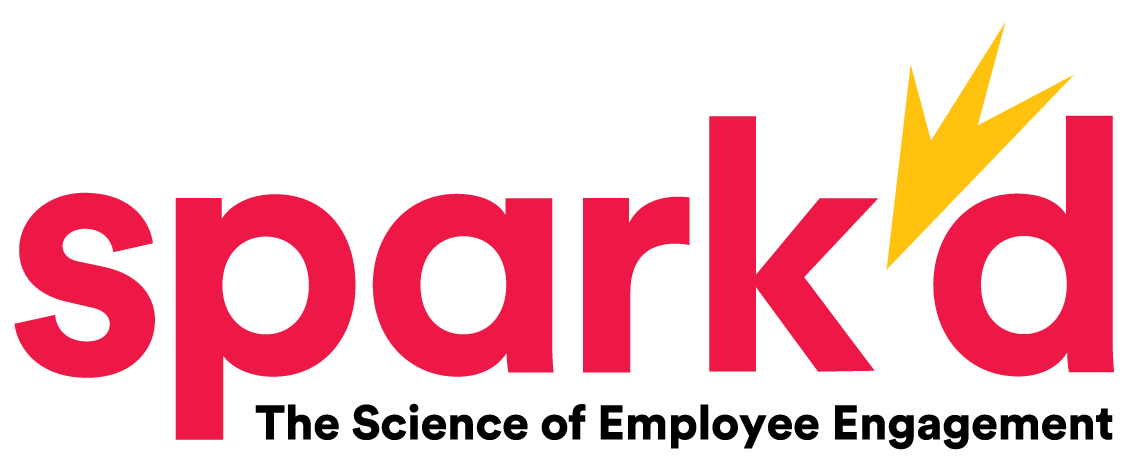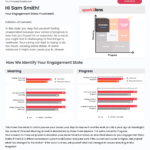The Myth of Organizational Responsibility Needs to be Challenged
In this short article, we examine one of the most enduring myths about Employee Engagement: that it is something that organizations and its leaders are responsible for effecting. And if that is a myth (and it is!) what can leaders do about employee engagement and what tools will they need?
Effecting or Affecting
This is one of those occasions where precise use of language is very important. There is a world of difference between effecting and affecting. Effecting is about putting something in place; making something happen. Affecting is about having an impact on something, perhaps a significant impact, perhaps a minor one.
The myth is that leaders are responsible for making employee engagement happen; that it is something that can be done to employees. And whilst leaders can clearly affect levels of employee engagement, we think it is wrong to suggest that leaders have the power to decide whether or not their employees are engaged.

What can leaders affect?
It would clearly be ridiculous to suggest that leaders don’t have a role in helping employees to experience high levels of engagement. In fact, given the many proven benefits of high engagement levels – higher retention levels; greater productivity; enhanced collaboration; better communication etc. – it should be seen as a key role for all leaders.
And what they can do is to enhance significantly the chances of high engagement levels occurring consistently, by creating the right environment. Articulating the many ways in which they might go about doing this is beyond the scope of this article. Suffice to say, that there is a world of difference between creating the conditions or right environment and making each individual have high levels of engagement.
If not the leaders, who can make high engagement levels happen?
Before answering this, we should make it clear that for a long time now, the prevailing view has been that employee engagement is something that can be done to people. Engagement surveys have concentrated on providing managers and leaders with aggregate information that tells them how engaged their employees are – and extrapolates from that the actions that will – or at least might – result in greater overall engagement levels.
What has been missing from this approach is a recognition that the people who are most able to take responsibility for their engagement levels – to effect consistently high levels of engagement – are the individuals themselves. And with that recognition, comes the need for a different approach – information that provides employees with the knowledge, insights and help that will enable them to take meaningful action and to effect high engagement levels.
The missing link
– individual profiles & action planning
At Spark Engagement, we recognized long ago that if engagement surveys are to move beyond snapshots and guesses as to what might make a difference, they needed to provide something different. The insights that ‘traditional’ engagement surveys provide – the better ones at least – can be very useful, invaluable in fact. What we have layered on top of that is individual profiles and clear action plans so that each and every employee can not only understand their levels of engagement, they can understand the drivers for that engagement and exactly which actions they can take to move towards ever higher levels of engagement. Great for the individual and great for the organization.
Would you like to find out more? We would love to hear what you think about this approach and talk to you about how it could revolutionize engagement in your organization. Contact us here.


